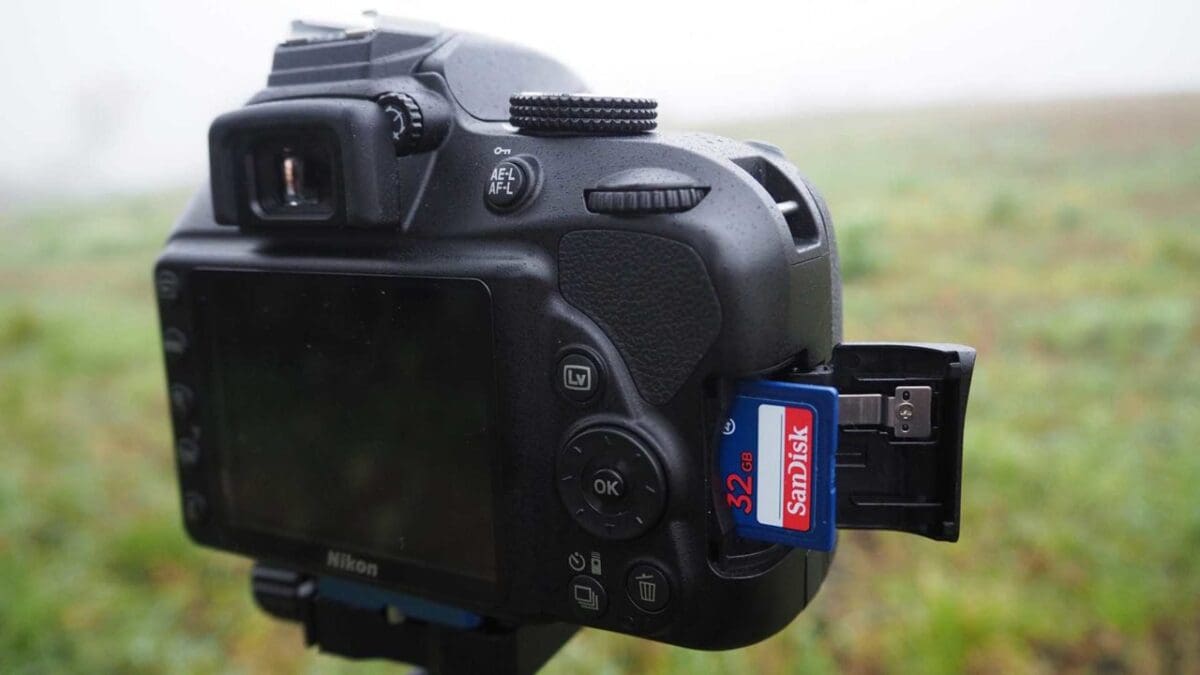When you look to buy an SD or microSD card you will find that they can range wildly in price. For instance, you might find a 64GB microSD card for £6 and another one in the same storage capacity for £60. ‘Why is this?’ you may wonder.
The difference lies in the numerics on the card’s label, and the answer is largely down to data transfer speeds. You’ll find that the £6 card is labeled UHS-I and the £60 card is labeled UHS-II. What do UHS-I and UHS-II mean? In this tutorial we’ll explain how to know whether you need a UHS-I or UHS-II memory card, and when to use each.
Understanding U class and V class memory card ratings
The first thing to look at when buying a memory card for your camera is the class rating of the card. To give some context to the question at hand, let’s go back in time a bit and explain how memory card class ratings have evolved over time.
Traditionally you will have seen a circle with a small number in it on your memory card’s label.
A card with a 10 in the circle is a Class 10, which offers a minimum write speed of 10MB/s. These are now obsolete, but this type of card was perfectly suitable for those shooting stills or maybe recording a bit of video at 1080p.
Class 10 cards were replaced by U1, U2 and U3. A U1 card offers a minimum write speed of 10MB/s and replaces Class 10. A U2 card offers a minimum write speed of 20MB/s and U3 offers 30MB/s. These, too, are on their way out thanks to the growing data demands placed by the rise of 4K video.
Now there are V Class cards, which stands for ‘video class’, and these come in ratings of 10, 30, 60 and 90. These were traditionally the values you would look at when choosing a memory card.
These days, it’s a bit simpler with the UHS-I and UHS-II standards.
What’s the difference between UHS-I vs UHS-II cards?
When it comes to knowing whether UHS-I or UHS-II cards are best for you, here’s a good rule of thumb:
- UHS-II cards offer faster read and write speeds and are designed for videographers who need to write and back up large capacities of data
- UHS-I cards provide slower speeds but are far cheaper to buy. These are designed mainly for stills shooters.
Up until recent years, most memory cards were UHS-I. But as the data demands and transfer speeds required for video became more commonplace, a new option was required. UHS-II was soon developed, offering much faster read and write speeds.
Let’s put the decision into a real world example…
Today’s client wants 4K video, so you’re going to need to be able to shoot at the maximum bit rate and maximum frame rate on your Sony A7 III. But the demands of 4K put a lot of pressure on your memory card. You’re going to need something that can keep up with this heavy data flow.
Do you have the right memory card for the job? If your card is a UHS-II card, it will be able to handle the intensive data transfer.
But maybe you’ll also shooting some stills later, though? Many professional and advanced enthusiast cameras like the Sony A7 III offer dual card slots. So on this occasion it is handy to put a UHS-II card in the slot you’ve assigned for video capture, then put a UHS-I card in the slot assigned to stills.
Final Tip: always make sure you format your card in the camera before you go!
How to tell if a memory card is UHS-I or UHS-II?
All reputable SD and microSD cards should clearly identify on the front sticker whether they are UHS-I or UHS-II. If your card doesn’t have a manufacturer’s sticker on the front, I’d be wary of using it. However, there is still another way to tell the two formats apart in a hurry.
Flip the card over. If you see one row of connection points, this is a UHS-I card. If you see two rows of connection points, it’s UHS-II.




Very helpful indeed – Thanks!!
Easy to understand and much appreciated after a salesman’s attempt to get me to buy the most expensive one!